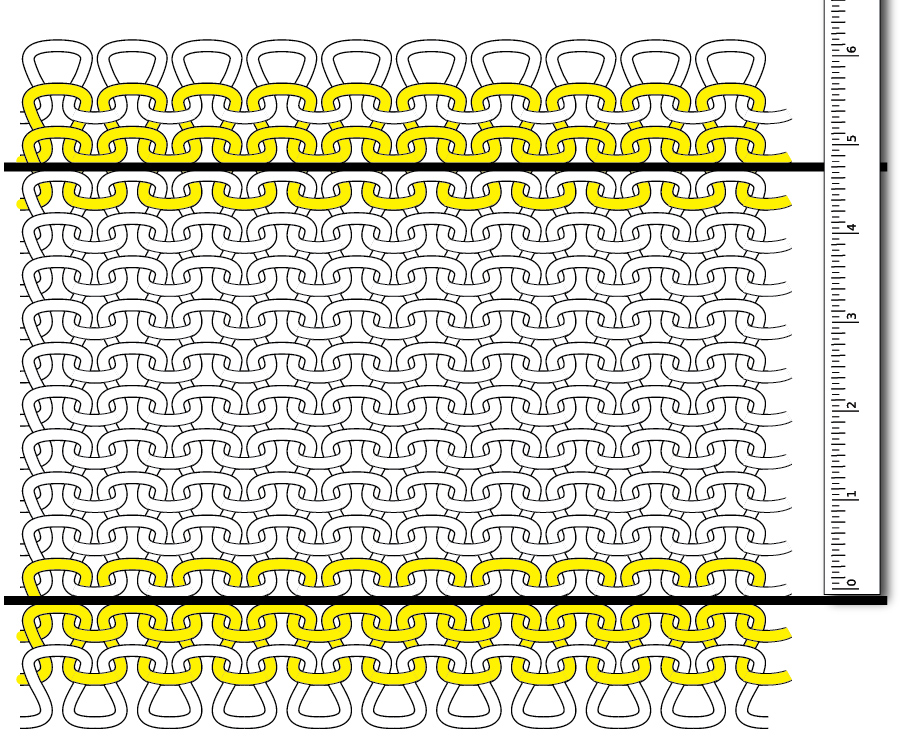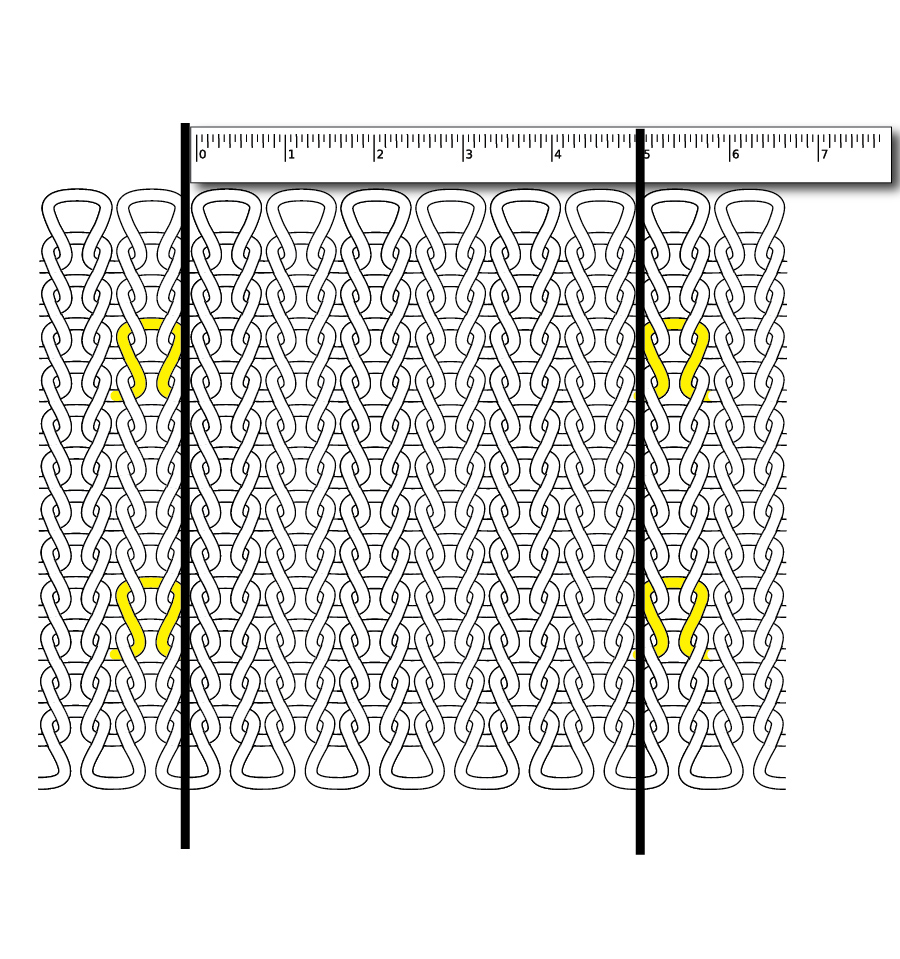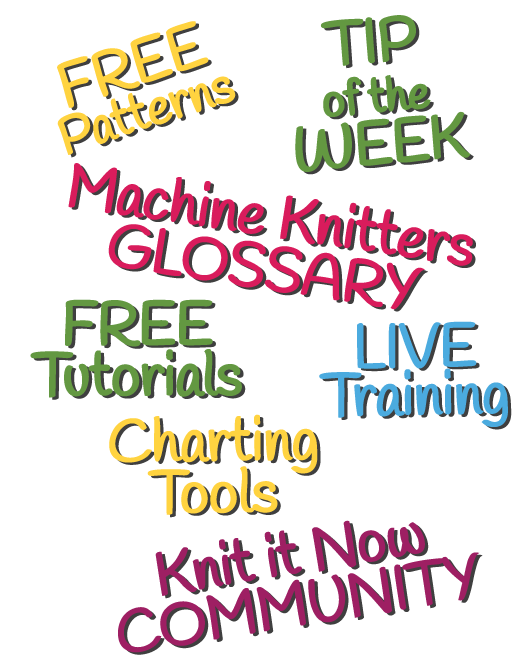Classroom: Swatching is not Optional!
Importance of Gauge
Consider This
Handy Knit it Now Tools
More Swatching
Green, Yellow, Blue Gauge Rulers
From our Blog
LIVE@KnititNow Replays
No swatch? No Success!
6 Reasons why you MUST swatch
No matter what you want to knit, knitting a gauge swatch is NOT OPTIONAL!Without knowing gauge:
- How do you know how much yarn you need?
- How are you going to know if the finished item will fit?
- Determine if you are even going to LIKE the resulting fabric
- Try out the chosen stitch pattern, (maybe it's too tedious... ) learn this BEFORE starting to knit
- Dress the swatch and check for shrinkage, pilling, fading
- Save time by knowing AHEAD if the yarn will knit easily


